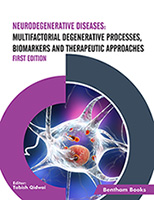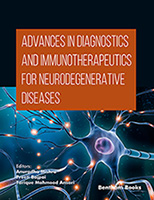This well written book shows the fascinating evolution and rapid growth of the discipline of endovascular neurosurgery from the early pioneering days until today. In a Pindaric flight, it comes to my mind that the early pioneering days of endovascular therapy resemble the work carried out in a garage by Wozniak and Jobs at the beginning of the Apple era, as the worked to create a revolutionary computer. In our discipline I was part, together with a few fellow enthusiasts, of the "garage work" of our discipline and, although now retired, I cannot resist in keeping myself au courant on the progeniture that came from that early work. I am happy that the young generation of interventionalists, leveraging from the work of pioneers, is so active and inclined to improvement. This book clearly depicts how our discipline inexorably evolved step by step to form a marvellous, revolutionary, and exciting era. The vast majority of aneurysms, for example, are nowadays treated by the endovascular approach, worldwide. Cooperation between physicians and industry is a key factor leading to advancement. Enthusiasm and academic work also play a pivotal role.
This book is enlightening in that it spans from the history (outstandingly presented by the Editor) to the most recent technical advancements (superbly portrayed by the authors of chapter VII). Given the fast pace and creativity of the young generation of physicians and engineers, one may rightly think that the best is still to come! In my days I used to say: "largo ai giovani!" (give way to the young people!).
This book teaches and confirms that, differently from the past, the current evaluation of novel techniques and devices (and the consequent clinical impact) is no longer based on personal, often irrational, opinions or, worse, "gut feelings". On the contrary, nowadays multicenter studies and clinical trials allow for a more rational, scientifically sound, empirically accurate and fact-based way of evaluation, influencing the decision making process in a positive and logical manner.
Undeniably, treatment of brain arteriovenous malformations constitutes, by tradition, a setback in our discipline, that often, but not always, leads to dissatisfaction and to the impossibility to cure, even with the more recent embolic agents. It is my opinion that in any kind of neuroendovascular disease, the use of liquid agents (namely glue) implies a significant degree of uncontrollability, and carries a not negligeable risk of incurring in "problems". This is not a good thing.
On a similar topic, this book provides in the appendix, with good reason, an always welcomed description of the "dangerous anastomosis", tacitly reiterating the importance of not injecting glue in particular areas of the vascular tree.
This book offers a well documented, extensive, and up to date panorama of the revascularization techniques utilized in acute ischemic insults. This is a field in continuous evolution that already allows tremendous results in brain salvaging endeavors.
The in depth, analytic, and accurate description of the complex issue of double antiplatetet therapy in neuroendovascular procedures provides highly valuable information and practical guidelines.
On a personal note, I would like to reiterate that our procedures should not be called "minimally invasive", specially when interacting with patients and their families. It may give a false sense of an innocuous, easy procedure. Instead, our procedures, although less invasive than surgery, are indeed invasive: in fact the reality is that they may become very complex, treacherous, and potentially lifethreatening.
I would like to congratulate the Editor, Simone Peschillo, M.D., Ph.D, and all the other authors for giving our community a precious instrument of knowledge.
Guido Guglielmi
Department of Interventional Neuroradiology
University of California at Los Angeles
Los Angeles, California
Department of Neurology and Psychiatry, “Sapienza”
University of Rome, Rome, Italy









